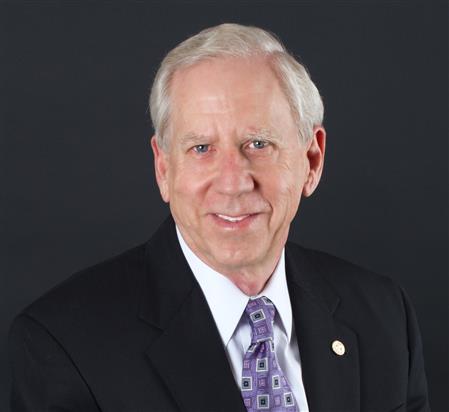As I have been getting ready for this holiday season, I took some time to reflect on Rotary’s six areas of focus and the impact that we, as Rotarians, have had around the world. I specifically focused on peace and conflict prevention and resolution. During the holiday season it seems that it is a time when conflicts cease for a few hours.
I picked up David Forward’s book, “A String of Pearls” which gives a history of how Rotary’s passion for peace became a reality and tells inspiring stories of how Rotary peace fellows are serving humanity and changing the world. The following are just two of the stories in his book.
Kevin Melton
Kevin Melton, a native of Fairfax County, Virginia was involved in a peer-to-peer mediation program in high school, which was where the seed for conflict resolution was planted. In college, following the attack on the World Trade Center, he wanted to understand why it had happened. Following graduation he went to work with the Institute for Mediation and Conflict Resolution and began building skills and designing training programs with people from other countries. He then went to work with the United States Agency for International Development (USAID). With them, he spent time is South Sudan and then eventually in Afghanistan where he helped support a program to persuade farmers to grow crops other than poppies.
A friend he had meet at USAID told him about the Rotary Peace Fellows program and he was accepted at the Rotary Peace Center is the University of Queensland in Australia. After completing the Peace Fellowship, he joined the USAID’s Office of Transition Initiatives and was sent to the Arghandab District in Southern Afghanistan where he was stationed with a Stryker Brigade of the US Army. His charge was to “stabilize the area”. In the first 10 days, 10 men from the unit were killed. He was now on the front line. His tour of duty lasted 18 months and he was using the skills he learned to help stabilize the area. Kevin returned again to Arghandab for another 11 months and today, the area is one of the safest places in Afghanistan.
Kevin acted as a catalyst for the local people to rebuild their own society. He said that “it is by no means perfect, but this little piece of Afghanistan has learned the value of community and social cohesion and what they can do together”.
Path Heang
Path Heang was born in Cambodia and in the early part of his life knew nothing but conflict. As the Vietnam War was ending, the Khmer Rouge took over Cambodia and began a reign of terror that became known as the Killing Fields. In 1975, an estimated 2 million Cambodians were forced into labor camps in rural areas where they basically became slaves. At the age of 6, the Khmer Rouge came into Path’s village and split his family up with each going to a different labor camp. He recalls his experience in the labor camp where there were no human rights and the living conditions that they were forced to endure. Violation of any of their many rules resulted in severe punishment, torture and even execution. During this period of time, as a young boy, he witnessed many executions and saw bodies lying in open graves. In 1979 the Vietnamese Army invaded Cambodia and the United Nations brokered a coalition government in which the Khmer Rouge had a seat but no power. He returned to his village and was reunited with his family. He finished his schooling and followed in his father’s footsteps and became a teacher.
Even though the Khmer Rouge had no political power, it continued to wage a guerilla war until 1998 and there were many guns and weapons in the hands of many people. Robbery, domestic violence and deadly conflict were a daily occurrence.
Path felt a strong influence to leave teaching and wanted to do something related to humanitarian service. He joined a non-governmental organization whose mission was to encourage people to surrender their guns. During this time he learned that removing the tools of violence is only the beginning of a post-conflict society. Removing violence from the mindset and mentality of the people is more promising and lasting to restoring peace.
In 2001, as Path was thinking more about becoming a peacemaker, he was reunited with a couple from Australia who had helped him through college and he shared with them his desire to study more about peace and conflict resolution. They shared his story with a Rotarian friend of theirs in Australia and the connection to the Rotary Peace Fellow program was made.
Today, Path works for UNICEF and serves as the Chief of the Central and Southern Zone Office in Phenom Penh, Cambodia. He says, “I see my job as building a more equitable society for marginalized people. I have the ability to influence the law, policy formulation and resource allocation for some of the most disregarded people in our country. Every child should have access to an education, to clean drinking water, to safe sanitation. Those sub populations who live in remote mountain villages, or border refugee camps or city slums may think that nobody speaks out for them. But they are wrong. I am their voice.”
There are many other amazing stories of Rotary Peace Fellows and the impact that they are making everyday to make this world a better and more peaceful place to live. If you are interested in reading more of their stories, the book may be ordered via this website: http://www.rotarystringofpearls.com
Wishing you a joyous Holiday Season and a Happy New Year filled with Peace, Good Health and Happiness

